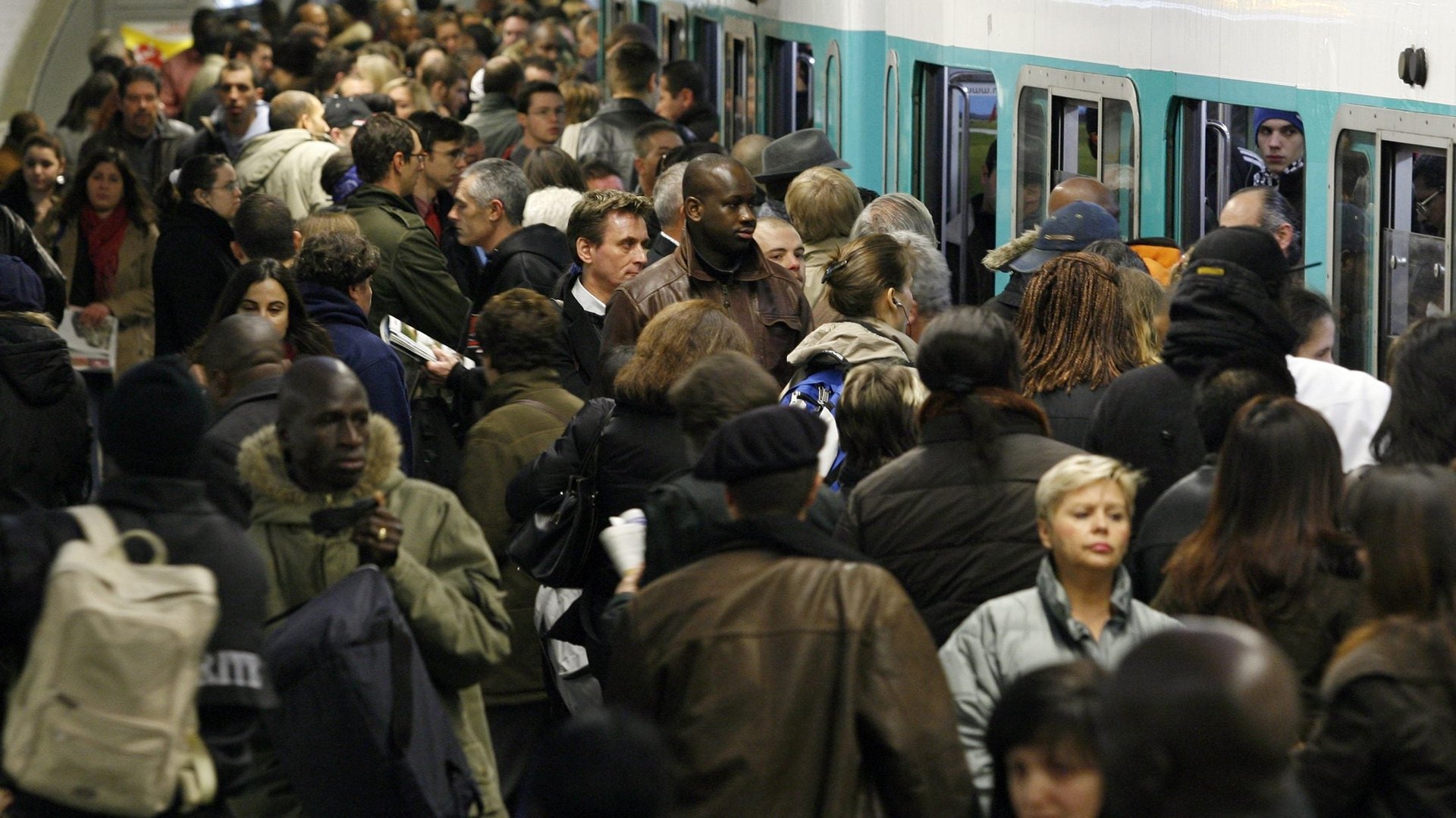How many people need to be vaccinated for life to go back to normal?
In lieu of any other successful containment and mitigation strategies for the pandemic, Covid-19 vaccines have become the de-facto final hope for ending the pandemic. The question now is, how much of the global population will need to get vaccinated to return life to normal?


In lieu of any other successful containment and mitigation strategies for the pandemic, Covid-19 vaccines have become the de-facto final hope for ending the pandemic. The question now is, how much of the global population will need to get vaccinated to return life to normal?
Answering that question depends on a few different factors.
To return to pre-pandemic life, we first have to get to a point that researchers call “herd immunity,” explains Steven Singer, an immunologist at Georgetown University. Herd immunity occurs when enough people have gotten vaccinated against a disease to drastically reduce the spread of the virus to others—even to the point where it can’t happen at all. If a virus doesn’t have a host it can survive in, it eventually dies out.
Now that we have not just one, but three vaccines close to being authorized by global regulatory agencies (with several more in the pipeline), reaching herd immunity is an achievable goal. But the threshold at which herd immunity starts to kick in depends on two main variables.
First, we need to know vaccines’ real-world effectiveness. So far, we’ve heard about the candidates’ efficacy, or how well they prevent Covid-19 cases compared to a placebo. In non-peer-reviewed clinical trials, Pfizer and Moderna’s vaccines have reportedly shown 90% or greater efficacy; AstraZeneca’s has a wider range that averages to 70% efficacy, depending on the dosage participants received.
However, there’s a chance that the vaccine’s real-world ability to prevent disease is lower than its trial efficacy. Life is less predictable than a controlled clinical trial; some people may not get both their doses, or may not get them with optimal timing in between, which could mean that some people are less protected. We don’t know how much this kind of human error will alter a vaccine’s ability to protect against Covid-19. But we do know that the lower the effectiveness of a vaccine, the larger the percentage of people need to get vaccinated to generate herd immunity.
Right now, scientists estimate that each person with SARS-CoV-2 can infect two to three people. Assuming that vaccines can prevent the transmission of SARS-CoV-2, and that their effectiveness is close to their clinical trial efficacy, that means herd immunity will likely be achieved when 60% to 70% of people in a community are vaccinated, says Singer. In the US, this would mean vaccinating between 197 million and 230 million citizens. Globally, it’d be between 4.7 billion and 5.5 billion people.
But that number could easily change based on another factor: How well the vaccine works to prevent transmission of SARS-CoV-2 from person to person.
In theory, if a vaccine can prevent a disease, it’s stopping the virus from replicating in the body, which should also make it harder for an unknowing carrier to pass it on to others. But so far, the data released by vaccine manufacturing companies have only demonstrated whether their vaccine candidates can prevent people from developing Covid-19. They haven’t been studying whether the vaccine stops transmission of the virus, which is harder to measure. “[These trials] aren’t testing people weekly to see if they’re shedding live virus,” says Singer.
However, “it’s highly likely that the Covid-19 vaccines will reduce transmission,” he added.
The good news is, as vaccines are deployed, data will start to trickle in to give public health researchers an idea of how well vaccines are reducing transmission. “As we roll out the vaccine and we start to see case numbers fall, that will tell us how effective the vaccines are at reducing transmission,” says Singer. “We’ll be able to infer that from the community numbers as opposed to clinical trials.” How many people will need to be vaccinated to see these effects depends on Covid-19 case rates before vaccination started, and how quickly vaccines are doled out.
That means the threshold for herd immunity will be a moving target—and one that’s highly dependent on equitable distribution of vaccines. Herd immunity thresholds assume that all populations have equitable access to vaccines; if those in rural areas or poorer countries are left out, it will be harder to achieve global herd immunity.
Going back to “normal” won’t be a singular moment—and certainly not one we can predict ahead of time using mathematical models. Epidemiological measures like community spread and hospitalization rates will continue to direct public health policy. The lower the daily case counts, cases per 100,000 people, and hospitalizations are, the looser the restrictions on public gatherings and mask wearing can be in different areas.
In reality, policy should always be based on community numbers, say Singer. That’s why it’s vital that restrictions on gatherings, school closures, or mask mandates aren’t lifted too early, even after the majority of a community has completed the vaccination process. Other metrics indicating the pandemic’s progress, like new case counts, will have to back up those decisions.